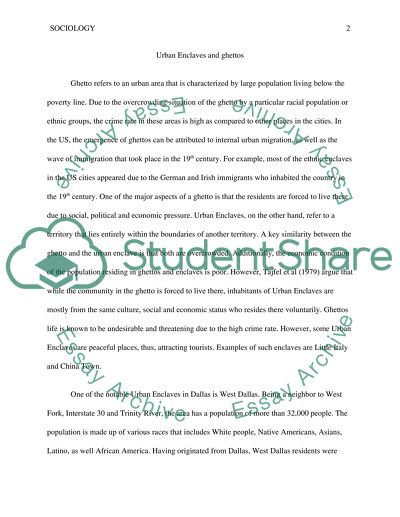Cite this document
(“How Three Sociological Concepts Apply To Dallas, TX Essay”, n.d.)
How Three Sociological Concepts Apply To Dallas, TX Essay. Retrieved from https://studentshare.org/sociology/1448338-how-three-sociological-concepts-apply-to-dallas-tx
How Three Sociological Concepts Apply To Dallas, TX Essay. Retrieved from https://studentshare.org/sociology/1448338-how-three-sociological-concepts-apply-to-dallas-tx
(How Three Sociological Concepts Apply To Dallas, TX Essay)
How Three Sociological Concepts Apply To Dallas, TX Essay. https://studentshare.org/sociology/1448338-how-three-sociological-concepts-apply-to-dallas-tx.
How Three Sociological Concepts Apply To Dallas, TX Essay. https://studentshare.org/sociology/1448338-how-three-sociological-concepts-apply-to-dallas-tx.
“How Three Sociological Concepts Apply To Dallas, TX Essay”, n.d. https://studentshare.org/sociology/1448338-how-three-sociological-concepts-apply-to-dallas-tx.


